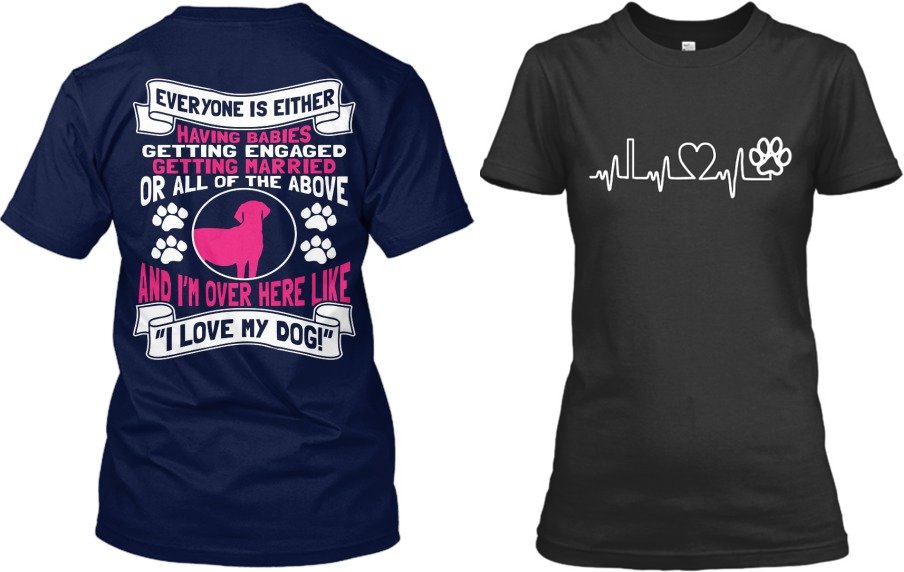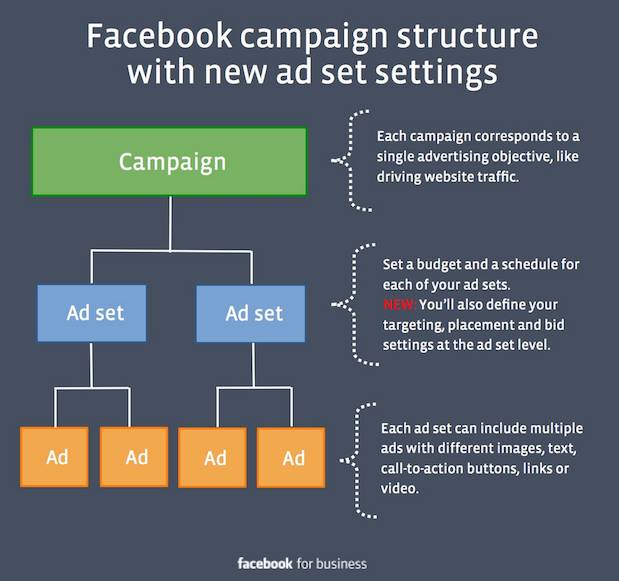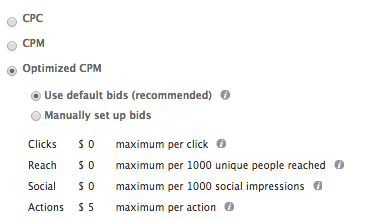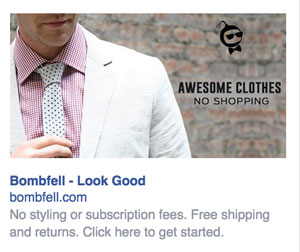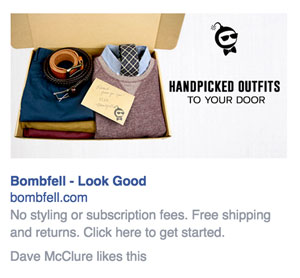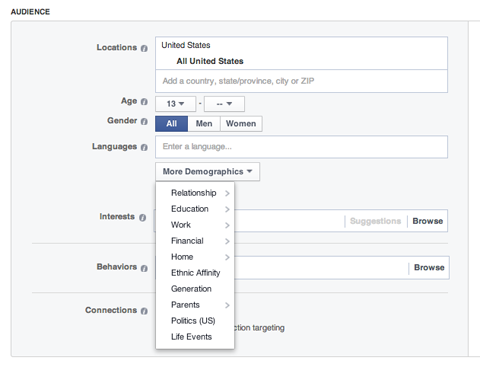
A/B Testing T-Shirt Campaigns for Maximum Sales and Profits
You could analyze almost any successful business today, and more often than not, you’ll find the backbone built through marketing. Now when it comes to online brands and t-shirt selling, marketing is EVERYTHING!
You need marketing to guide your target audience to your brand, then whispers in their ear as they press the buy button. Savvy marketers achieve this by creating a unique brand character that resonates with their audience.
Effective marketing requires significant budgeting, but the potential ROI is unrivaled. Popularity, trust, and revenue can grow like wildfire. Not to mention, you can elevate yourself above all competitors.
As t-entrepreneurs, we want to scale our business by driving greater sales. Optimizing marketing strategies are the best way to achieve this, and then some! By reaching greater efficiency, we can even generate more revenue for the same budget!
Getting the most out of marketing is a continual process, testing new ideas, gathering data and analyzing results. However, it enables you to tighten your focus and reach highest profits.
A/B Testing (Split Testing) Marketing Tactic
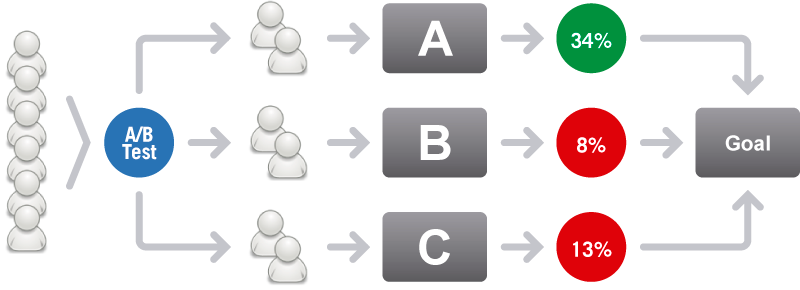
Image from RoidDigital
A/B testing is one of the simplest and most effective marketing tactics used today. Here's how it works in principle:
- Run two (or more) versions of a marketing campaign on a specific audience
- Gather all engagement data for each
- Compare performance based on business goals
- Select and continue using the best version
- Rinse and Repeat!
The applications for split testing is almost limitless, but here's how it's most commonly used online:
- Website landing pages
- Email Marketing
- Blog Posts
- Social Media Posts
- Advertisements
- Designs
AB testing is well proved to help dramatically increase ROI, even as much as 10 times! By refining certain elements of a campaign you can boost click-through rates and conversions. Common examples include:
- Color
- Images
- Text
- Call to Actions
- Positioning
- Audience Targeting
A/B testing works a treat for optimization with paid traffic. Image you discovered a simple change that doubled your conversion rate, how that would affect your profits? By neglecting A/B testing, you could be wasting a heap of money on ineffective campaigns!
But it's not simply a one-hit wonder, it's a continual testing process. You've got to keep trying new things if you want to stay on top of the game!
How to Apply A/B Testing to T-Shirt Campaigns
Ready to start split testing and maximize our sales power? T-shirt sellers should focus on these four factors for the greatest impact.
- Sale Price
- Colours
- Designs
- FB Advertisements
1. Determining the Optimum T-Shirt Price
Pricing your t-shirts correctly is a fine balance of profit per t-shirt and affordability for your audience.
Set the price too high and sales will take a significant dive. Price too low and you could be leaving profits on the table. It’s all about selling the most t-shirts for the best profit margins. But this is can be tricky, both target audience and branding will play significant roles.
The best way to start off is by searching for campaigns from established sellers within your niche. Take note of the pricing range of prices, especially the best sellers. Then calculate an acceptable range of prices to be tested.
It's best to choose campaigns that already produce steady sales, then you can gather reliable data faster. Start with larger gaps, then narrow it down with each successive test. It may be tricky to run different pricing simultaneously, so you might consider running each pricing one at a time for at least a week each.
Remember, straight sales isn't the best metric for this test, use revenue instead. It may seem tedious, but every dollar gained with compound profits.
2. Finding the Best Selling Colors
Primarily, the best selling colors for t-shirts will be dependent on your niche. For instance, golfers may be attracted to natural green and scuba divers may prefer oceanic blues.
Learn about your buyer’s perception of color and the emotions they can create , this will help you select the best colors to align with your brand.
It also pays to research the existing sellers established within your niche. Use the campaign research tool to track down the best performers and note color choices.
Multiple primary color designs can be easily tagged onto the same campaign. However, more radical variations of a color scheme calls for AB testing.
One way to perform this is by running an additional t-shirt campaign, with reference and links across for visitors to compare. Start with a steady seller and consider running for a month to find a clear fan favorite.
3. Optimizing T-Shirt Design
Split testing your t-shirt designs can have a remarkable impact on sales. Listening to your audience is the best way to optimize designs.
Before launching new designs on the market, test them on a small segment of your audience. For instance, you could put your designs through a voting system and see which style attracts the most attention.
Facebook groups can be a goldmine for this, especially if you built your own. You could easily promote 5 potential designs in front of your audience and collect a number of votes. Or test two variations and ask people to choose their favorite.
Incentives such as discounts or prizes are great for encouraging your target audience to engage and provide feedback.
Split testing can also be performed once designs are launched by running another campaign alongside. Focus on maximizing your top sellers first, it's faster and more accurate with a steady flow of sales.
Tweaks to your designs could include:
- Styling such as fonts or images
- Complexity
- Positioning (Front/Back)
4. Maximizing Facebook Ads
Facebook’s Ad Manager makes fine work of split testing and gathering crucial marketing data. The layout is built for comparing and tracking stats, plus there are a number of powerful targeting options to play with.
Step 1. Create a New Facebook Ad
Once you have familiarized yourself with the process of creating ads, navigate to Facebook Ads Manager and click “Create Ad”.
You’ll need to select your main objective for the campaign and bidding options (CPC/CPM). If you're not experienced here, a little testing may be required.
Step 2. Create Multiple Ad Variations
Now you need to design two different adverts to running simultaneously. With Facebook ads, your main variables are going to be the copy and creative. By changing one or more of these elements and tracking the results from Ads Manager, you can quickly see which ad performed the best.
You may choose to vary the copy, experiment with CTAs, try a text overlay on the image or test images against each other (human vs objects vs backgrounds).
The possibilities are truly limitless, you can even run any number of ads against each other. However, it’s important to keep things simple and measurable. You could run two radically different ads head to head, or the same ad against 3 different photo variations.
Don’t get too carried away all at once – try to keep things simple so your results are clearly measurable. Also, keep testing ads frequently for long-term performance. Ads often turn stale after a few weeks as they become less attractive to your audience.
Example of split testing by changing the imagery:
3. Find Your Target Audience
One of the biggest benefits of Ads Manager is the advanced targeting and demographic options available. There’s literally hundreds of options for building your ideal audience.
However, having all these options at your disposal can also make it complicated. Since there're so many targeting combinations it can be difficult to find the best ones. That’s why it’s vital to split test audiences and find which audiences respond best to which ads.
Consider the target audience for your advert. You can target them through age, interests, locations and a whole lot more!
Ads Manager also enables you to set the three types of precise audience:
- Custom Audience – finds Facebook users based on phone numbers, emails, and Facebook UID lists
- Lookalike Audience – targets people similar to your existing customers
- Website Custom Audience – gathers people who have already visited your website through ads
When you discover targeting combinations that best fulfill your business goals, you can save it as a “Saved Target Group” or “Saved Audience”. This saves time and makes split testing audiences even easier!
When it comes to Facebook Adverts, there’s a wealth of data available and so many options for fine-tuning your marketing. By split testing audiences, you will ensure your not wasting time and money in the wrong area.
Getting the Most Out of A/B Testing
Time Dedication
To produce meaningful results, you need to allow enough time to gather data. This means dedicating funding if your using paid traffic. With Facebook ads you'll need to run them for least a few days, so don’t draw your conclusions within the hour!
The greater difference in performance between variations, the faster you can draw accurate conclusions. If the differences are small, you will need to allow more time for validation. See the next section of Statistical Relevance.
Another factor you need to be wary of with paid traffic options is using very niche audiences. Hyper-segmentation is more costly and may take longer see clear results. Focus on testing on broad audiences will enable you to acquire data quicker and minimize testing costs.
Things can change quickly in the early stages of testing, so make sure you let experiments run their course. If your still not sure where to get started, try using this nifty tool to calculate optimum test durations.
Statistical Significance and Confidence
One of the most crucial factors that must be considered during split testing is statistical significance/ relevance and confidence.
It’s calculated by measuring impressions (sessions/views/email sent) against goals (clicks, opens, conversions). Results provide conversion rates for each and overall confidence as a percentage.
Without taking this into account, you have know way of knowing if your results are truly relevant or simply a fluke. AB testing could be anywhere between inefficient to completely fruitless!
At best, you could be wasting time and money by running tests longer than required. At worst, you could be acting upon misinformation and hurting your marketing efforts!
When variants show greater differences in performance, statistical significance and confidence is achieved faster. When performance is similar, you'll need more data to get statistical relevance on your side.
Fortunately, there's a number of free online tools for quickly checking statisical relevance. We found HubSpot’s AB Test Calculator to be one of the simplest. Or for those really want to geek out, AB Testguide offers more powerful features and graphs!
So how confident do you need to be? Best practice for split testing is to reach at least 90-95% confidence before you can fully trust the results.
AB testing is a great marketing investment. No matter the result, you always gain a greater understanding of your target audience. Afterall, this is will be the most critical factor to your success.


